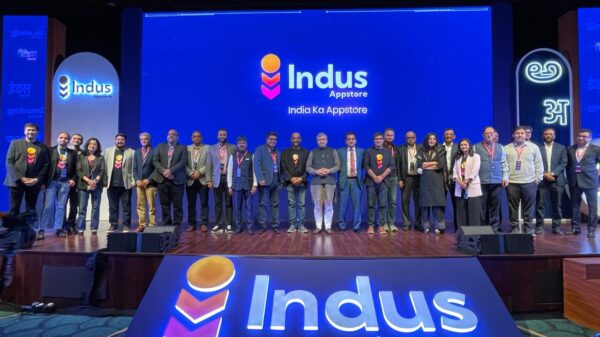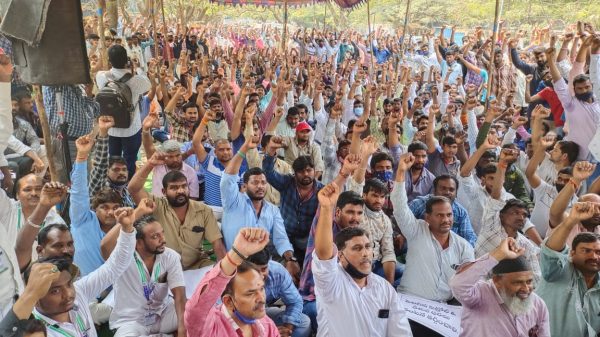The Department of Telecommunications’ newly released framework of the Indian AI Stack admitted that the AI stack will suffer from algorithmic bias, if "contaminated" data is ingested into it. Incidentally, the paper suggested that having "open" AI algorithms, and "centrally controlling" data are among the ways to prevent algorithmic bias. The proposed Indian AI stack is essentially a six-layered stack, each handling different functions including consent gathering, storage, and AI/ML analytics. The paper said that once the stack is fully developed, it will be structured across all sectors, including data protection, data minimisation, open algorithm frameworks, defined data structures, trustworthiness and digital rights, and data federation (a single database source for front-end applications), among other things. Comments to the draft paper can be emailed at aigroup-dot@gov.in or diradmnap-dot@gov.in, until October 3. A committee under the DoT — AI Standardisation Committee — which has released this draft, had in October last year, invited papers on Artificial Intelligence, addressing different aspects of AI such as functional network architecture, AI architecture, and data structures required, among other things. At the time, the DoT had said that as the proliferation of AI increases, there is a need to develop an Indian AI stack so as to bring interoperability, among other things. The committee is headed by A. Robert J. Ravi, who is deputy director general at Andhra Pradesh Licensed Service Area, under the DoT, and has 11 members, all from the government; there are no private individuals in the committee. At the moment, it is…





























